Screw-in tire is one situation you may encounter when driving. It is a cause of panic to many as it means you are at the risk of a flat tire if not deflated already. How do you deal with a screw-on your car wheels? This is a question you may have if you find yourself in this puzzle.
Before looking at the solutions, a thing to know is that a screw puncture differs from a nail puncture. In the case of puncturing by nail, you can easily pull it away as it is regular. The screw, on the other hand, is irregular and needs you to been on its removal due to its toothed structure. In this article, we will guide you on how to pull screws in tire repair.
The screw can get in your tire in various ways, though many think it is an act of sabotage. While it may be a probable cause, you should also factor in the environment your drive in to get to the root of the problem.
Here are some of the ways that a screw can make its way into your tire.
The most common way of getting screws in your tire is by driving over them. A thing that you will realize with the screw-on tire issue is that it mostly affects the rear wheels. In this situation, a screw will mostly lie vertically on the ground. When the front wheels pass over the screw, they flip them over by the head, leaving them erect, and the rear wheels go over them. Smaller screws are easy to get into tires due to their center of gravity, which allows them to stand vertically on the road. With small screws in the tire, the situation is not as dire as they do not cause much damage. The thickness of the tread may prevent the small screws from causing much damage.
You may also drive over screws in puddles on the road. It is hard to determine if there are any obstacles as they are beneath the water in such a scenario. The water disturbance in the puddle may cause the screws to raise or point at an angle where they can easily penetrate the tire.
Screws in wooden planks are also a risk to your tires. The plank gives them the stability to stay upright. When you drive over the planks, the screws penetrate your wheels, and the wood may easily disintegrate due to the vehicle’s weight. With the screw exposed, it may dig further into your tires.
Sometimes you may find screws in your tires, and the first thing that clicks is someone sabotaging you. At times, it may be the case, and the person responsible may either drive the screw in or place it in a vantage place where you will drive over it. If you suspect you are at the risk of sabotage, you should always look under around the tires before driving off. You can also perform a sweeping act with your feet around the wheels to ensure you are not at risk.
What happens if you have a screw in a tire? A deflated tire is the number one expectation. The screw may act as a plug and hold the pressure enough for some distance. However, you may notice that there is a hitch with the wheels. The symptoms may come in the form of a rough driving experience or car imbalance due to low pressure on the wheels.
However, you may notice that there is a hitch with the wheels. The symptoms may come in the form of a rough driving experience or car imbalance due to low pressure on the wheels.
When you spot a screw in your tire, you need to rectify the issue immediately before it goes overboard. Can I drive with a screw-in tire? Yes, you can drive with the screw on your wheel, but you should not make such a move unless you are desperate or going to repair the damage on your next stop. A spare tire comes in handy on such occasions as it will give you room for the needed attention.
Driving with a screw on your tire is very risky as you may cause extensive damage to it. If the screw penetrates deeper into the tire, you may notice that the driving experience being quite rough, especially when on bumpy roads.
If it is a small screw, you can easily pull it out. Check your tools box to see if you have the right tools to pull out the screw. A pair of pliers can do the trick. However, you should understand that pulling out the screw is a gamble as you cannot be 100% sure of its length.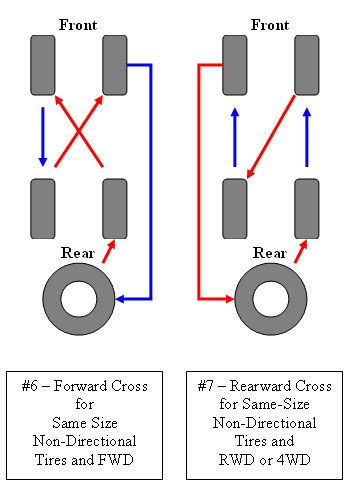 The best move to pull is to go to a mechanic who will remove the screw and patch up the hole.
The best move to pull is to go to a mechanic who will remove the screw and patch up the hole.
Another essential thing to keep in mind is the location of the damage. If you have the screw in the middle of the tire along with the treads, a tire patch can solve it. However, if the screw is on the sides or shoulder of the tire, replacement is the only viable option.
Why can’t you patch a tire shoulder? If you have a screw on the tire shoulder, patching is not an option as it may blow due to the car’s weight. The weight leads the tires to bulge outwards and force out the plug. If you are driving, it can be catastrophic.
In short, a screw-in tire between treads is repairable, but if on the sides, you replace the tire.
Ans: Yes, you can repair a tire with a screw in it, depending on the location of the damage. If the damage is on the tread, you can patch it up. However, if it is on the side, you will notice that your preferred tire shop won’t repair tire. The problem is hazardous, and the solution you have is to get a new tire.
If the damage is on the tread, you can patch it up. However, if it is on the side, you will notice that your preferred tire shop won’t repair tire. The problem is hazardous, and the solution you have is to get a new tire.
Ans: Averagely, fixing a tire with a screw in it will cost you between $10 and $20. The price depends on the garage, as some may be high. The cost may be higher if you want additional services like wheel alignment.
Ans: The distance you can move with a screw in your tire depends on how deep-set it is in the tire. If it is a long nail, you may drive for around 10-miles to notice that you have a looming issue. When you discover the problem, sort it out immediately for the best experience on the road. A small screw does not pose much risk, with some falling off. However, if you notice it, you should remove it immediately to be on the safe side.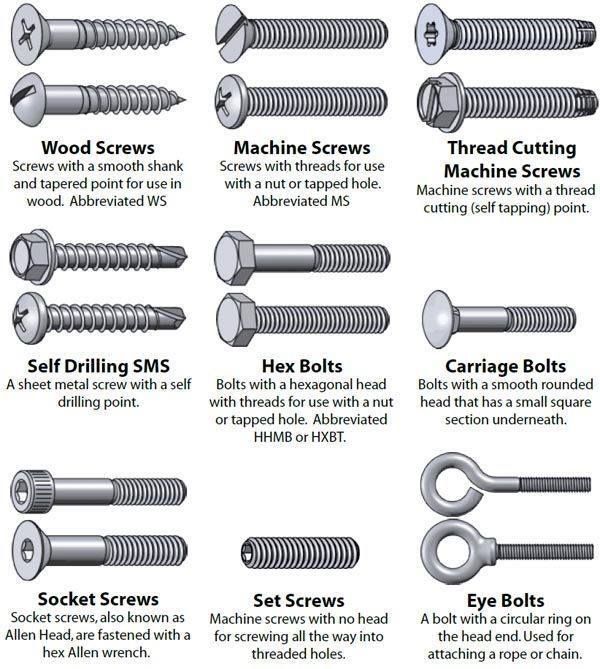
Ans: If you find a screw in your tire, you have to contact a professional to remove it. You can drive to a garage for inspection to check on the extent of the damage and have the necessary repairs. Never pull the screw from the tire if you do not know what you have in your hands. You may pull it off in the wrong way and cause more damage to the tire.
Ans: A screw-in tire is very dangerous as it can cause secondary issues like rough driving, deflated tires, and tire imbalance. If the screw is on the tire shoulder, it means the tire is no longer worthy of the road, and you need a replacement.
Ans: If you notice a screw in your tire, you should not pull it out, mainly if it is on the sides. If you see it, go to a mechanic and let them deal with the situation professionally. If you have the right skills and a puncture repair kit, you can try to sort the issue.
Ans: You may need a new tire if the nail penetrates the tire shoulder. If the issue is on the treads, it is relatively manageable as you can easily patch it up. In other instances, if the nail has been in the tire for a long time, you may also need a replacement, especially if there is extensive damage.
Are you dealing with screw-on tires? If the answer is affirmative, then this article is an ultimate asset that will give you an in-depth understanding of this issue. If you have this issue, do some inspection to know where the problem lies. As a summary, you can make repairs if the screw is on the tread area, but you will need a replacement if on the sidewall. A solution on how to plug a tire sidewall is temporary, requiring you to replace the tire for a fulfilling driving experience.
Read More:
Your tires are susceptible to getting just about anything lodged in the rubber, from a nail to a screw.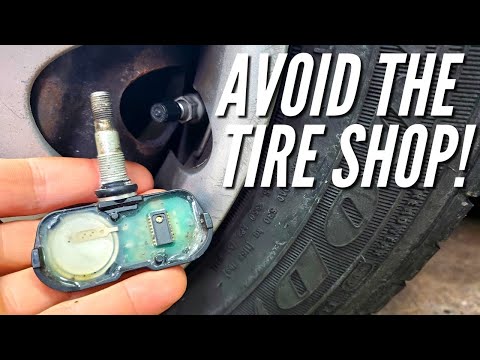 When you get a screw in the tire, you want to know what to do next. Should you keep driving on it or have it repaired immediately? These are all questions you want to know the answer to before you are faced with the situation.
When you get a screw in the tire, you want to know what to do next. Should you keep driving on it or have it repaired immediately? These are all questions you want to know the answer to before you are faced with the situation.
In this guide, we discuss what you should do with the screw in the tire. We also look at reasons to repair it versus why you might consider replacing it. If you choose to repair it, we also outline the steps to follow.
Table of Contents
1
What To Do About a Screw in the Tire?If you have a screw in the tire near or in the tire’s sidewall, you need to replace the tire. You might be able to add air to the tire to get you to the repair shop. However, if the screw entered the tread of the tire, it might be repairable. Have it looked at by a professional if you aren’t sure.
The screw might be temporarily plugging the hole that was created. Every time that tire rotates, the screw will move in the hole, creating a bigger area than what started. As this occurs, air will start to leak and the hole might become unrepairable. Additionally, the tire could blow out.
As this occurs, air will start to leak and the hole might become unrepairable. Additionally, the tire could blow out.
If there is a hissing sound coming out of the tire, you should pull over and swap it for a spare. The last thing you want to deal with is a blowout as you attempt to get to the tire shop.
Repair vs. Replace: Screw in Tire1. Location of PunctureThe main consideration comes down to where the tire has been punctured. If the screw went into the tread of the tire, it’s likely repairable.
However, if the screw has entered the side of the tire, you have no option but to replace it. The trouble comes in when it’s between the sidewall and the tread. In most cases, it’s best just to replace the tire and rest easy.
RELATED: What is a Tire Sidewall Damage (& When to Replace the Tire?)
2. Punctured ObjectA tire punctured by a nail is often more repairable than any other object. The nail leaves a tiny hole that’s simple to patch.
The nail leaves a tiny hole that’s simple to patch.
Screws create more damage because they aren’t smooth and straight like a nail. The threads create a jagged hole, making it harder to repair.
RELATED: Nail in Tire – Is it Safe to Drive with a Nail in My Tire?
3. Age of TireBrand-new tires are just as susceptible to blowouts from a screw as an older tire. However, you might be more likely to repair the hole if you just had the tire installed.
Give careful consideration to the costs of a potential blowout. Ruining the axle and suspension or causing an accident is going to be far more expensive than replacing a tire.
4. Level of RiskWhat amount of risk are you willing to take? If you are only happy with complete peace of mind, you need to have the tire replaced.
If you are willing to have the hole plugged or patched, make sure you at least choose a reputable shop. Picking technicians with experience and the right equipment helps you reduce the risk slightly.
Your final consideration comes down to who will be driving the car most frequently. If you are driving the car, it’s much easier to take the risk for yourself.
If your spouse or grandma is driving the car, you might prefer to replace the tire. Some people might not be as equipped to handle a blowout if it occurs.
How to Repair Tire PunctureIf you choose to have the tire repaired, you should take it to a qualified tire shop. However, you could do it yourself if you have the expertise. You will also need special tools, such as a tire changing kit. Here are some basic steps to consider:
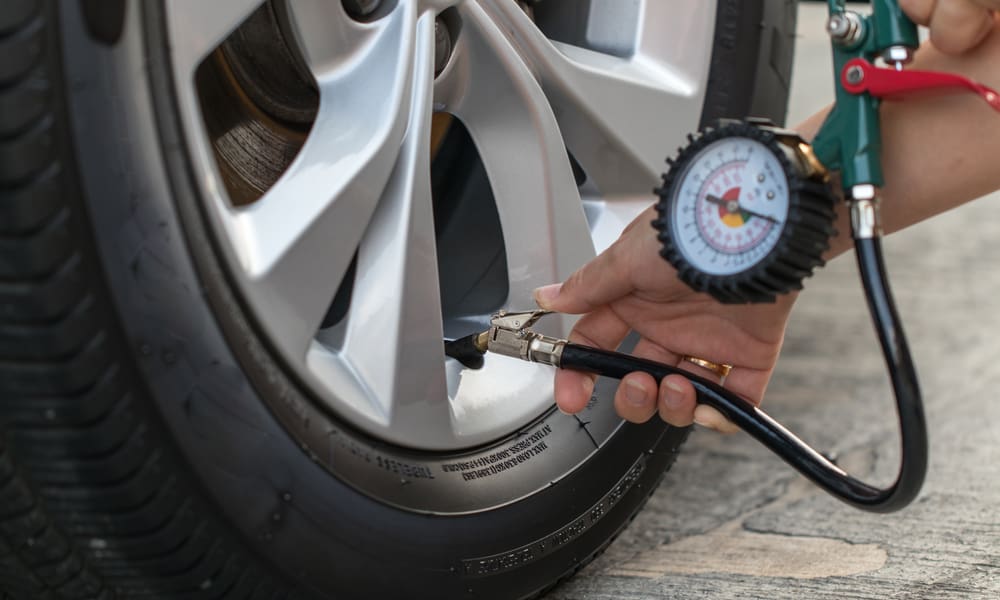
The directions will be slightly different if the patch used also contains a plug. These are commonly used at tire shops for puncture repairs.
Is It Safe to Drive With Screw in Tire?No, it is not recommended to drive with a screw in the tire. Even if it’s not leaking air now and it won’t cause any problems in the short term, it could lead to problems in the long term, and you could be stranded down the road.
Even if it’s not leaking air now and it won’t cause any problems in the short term, it could lead to problems in the long term, and you could be stranded down the road.
When the screw first enters your tire, your most pressing concern is whether the air pressure will hold. Additionally, you must consider what will happen if you don’t remove the screw from the tire immediately. The area can become unstable as you drive on it, leading to the separation of the tread.
If you continue driving on the tire with the screw inside, you could end up causing more damage. Plus, the likelihood of a blowout is increased if the screw is found in the sidewall of the tire. If you spot a screw in the sidewall, it’s often best to put on your spare tire, just to be sure.
Some people choose any way to drive on the punctured tire and continue filling it with air. The thought process is that the tire will need to be replaced anyway, so they might as well get their money’s worth out of it. That’s fine, except you could be putting yourself and others in danger, especially if that hole becomes larger and the tire loses air suddenly.
Ideally, you want to have the tire puncture repaired immediately. If it’s fixable, you can opt for that avenue. If the tire needs to be replaced, put a new one on. The cost you are going to spend now is nothing compared to what will happen if you cause a major accident. Don’t take any chances.
Cost to Repair Tire PunctureIf the tire can be repaired, you might spend $10 to $25 to remove the screw and repair the tire puncture. The appointment should only take thirty minutes or less, so you won’t be waiting for the repair either.
Some tire shops will cover punctures if you added road hazard coverage when you bought the tires. If you have the right equipment and expertise, you could also tackle the repair yourself. However, for the cost, it’s often better to trust your local tire shop to get the job done.
Category: Operation and maintenance
Article reading time: 3 minutes
Bookmark this
Deformed tires on a car affect safety and result in high costs.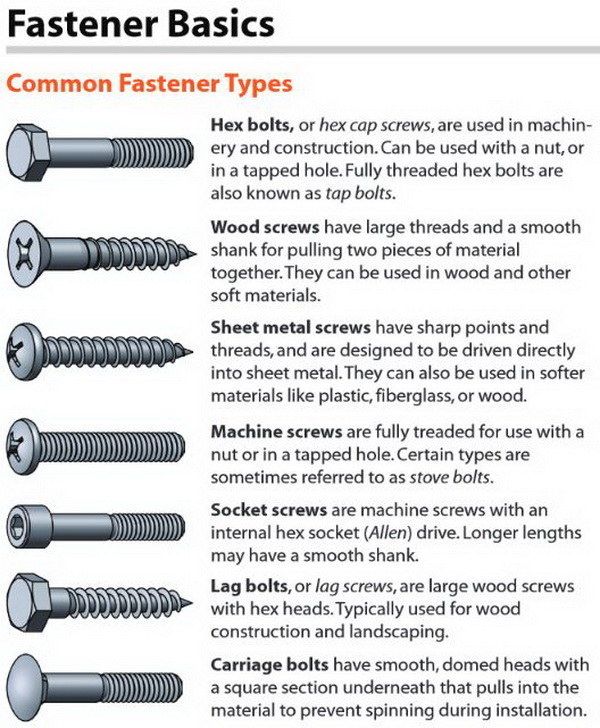 Such breakdowns are unpleasant, especially if the rubber is damaged after a short run.
Such breakdowns are unpleasant, especially if the rubber is damaged after a short run.
There are reasons why tires come in figure eights. These may be problems with the installation on the disk, the manufacturer, or the peculiarities of operation. This can be avoided with the help of timely service and regular checks of the condition of the wheels.
Each tire is designed for a certain period, so it must wear out evenly and lose the top layer gradually. You can determine the condition of the rubber by special markers - hidden marks that appear during operation. They help identify tread depth and wear patterns. If the marks appear non-simultaneously, you should pay attention to the condition of the wheel.
If driving a car has become uncomfortable, the car pulls to the side or swings strongly at high speed, it is worth carrying out maintenance and eliminating possible vehicle malfunctions.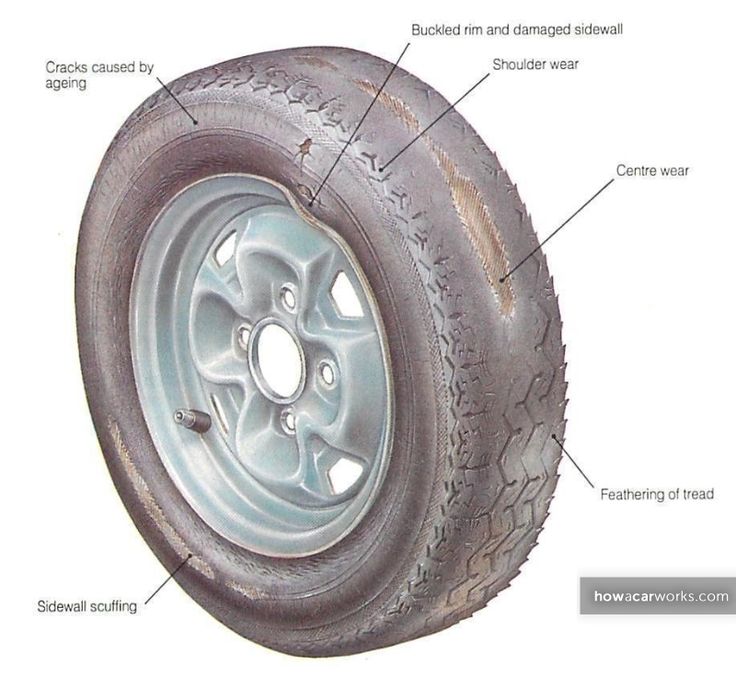 Why does it drive rubber and the tire is turned out with a figure eight?
Why does it drive rubber and the tire is turned out with a figure eight?
It is difficult to answer this question unequivocally, because the reason may be:
 Thanks to direct locking, in the event of an accident, the reference points begin to lead, and they shift the factory dimensions. Riding with broken geometry is unsafe. Such consequences reduce the strength of the body, spoil the condition of the rubber.
Thanks to direct locking, in the event of an accident, the reference points begin to lead, and they shift the factory dimensions. Riding with broken geometry is unsafe. Such consequences reduce the strength of the body, spoil the condition of the rubber. Winter Drive Protection
Tires Goodyear UltraGrip Arctic 2 SUV
Winter Drive Protection Sound Comfort
Rating:
4.5
Tires Goodyear UltraGrip Ice 2
Winter Drive protection
Tires Goodyear UltraGrip Performance+ SUV
Winter Drive protection
Tires Goodyear UltraGrip Arctic 2
Winter Drive Protection Run On Flat Sound Comfort
Tires Goodyear UltraGrip Performance+
There is functional and critical wheel deformation. If the first is laid down by the manufacturer, is responsible for the deformation of the base, reducing vibration and extraneous effects on the machine, then the second leads to the destruction of rubber. Critical deformation can occur in a warehouse due to improper storage, long-term parking of the car, driving at low pressure, rupture of the side part.
If the first is laid down by the manufacturer, is responsible for the deformation of the base, reducing vibration and extraneous effects on the machine, then the second leads to the destruction of rubber. Critical deformation can occur in a warehouse due to improper storage, long-term parking of the car, driving at low pressure, rupture of the side part.
Consider the main reasons for the failure of the wheels and the appearance of the eight:
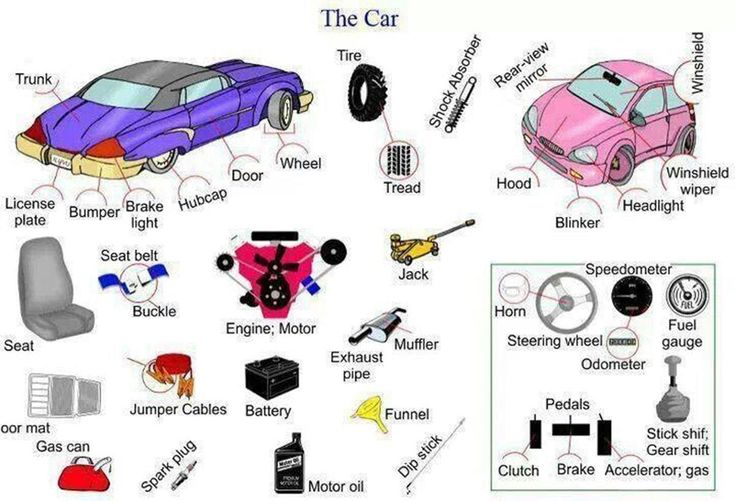 To prevent damage, it is enough to monitor the pressure. In case of damage, you need to align the disc, pump up the tire or replace if the damage is critical.
To prevent damage, it is enough to monitor the pressure. In case of damage, you need to align the disc, pump up the tire or replace if the damage is critical.
The tire will last a long time, if you follow the recommendations of the manufacturers, regularly monitor the pressure, remove foreign objects from the tread, drive carefully on bad roads. To check the condition, you do not need to constantly remove the tires. A quick inspection is enough, studying wear using indicators that are located in the side part and on the tread. If you find that the tire has gone screw, and the car began to drive to the side, contact the service center. Experts will help straighten the wheel, tell you if it is possible to ride on rubber or is it better to change it.
Experts will help straighten the wheel, tell you if it is possible to ride on rubber or is it better to change it.
Article author: Goodyear team
Various troubles can happen to the car on the road and tire puncture on the car is a common case.
The absence of a spare wheel or a standard "roll-in" seriously complicates the situation. If the driver has the skills, you can put a temporary patch on the puncture, otherwise you will have to order a tow truck.
We recommend carrying a spare wheel, a repair kit for various occasions, the necessary tools, then you can get out of any traffic situation with dignity. If all this is not there, then you can drive on punched rubber a short distance to a service station or tire fitting. We are not talking about hundreds of kilometers of travel, we are talking about a short distance.
Leakage of air from a car tire can occur in different situations.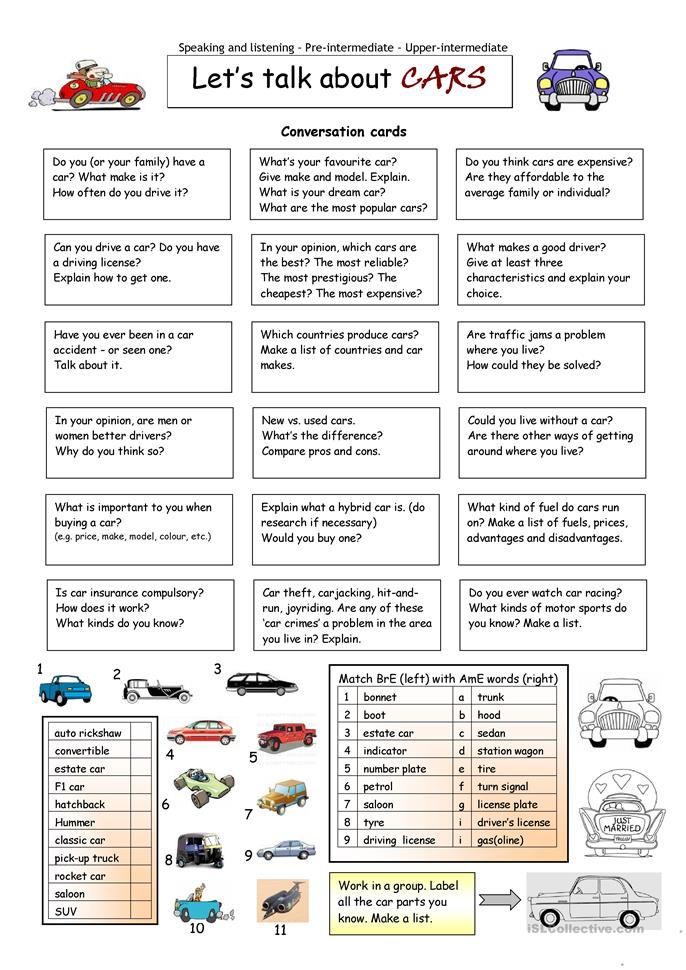 At the same time, punching is not necessary, there are other unforeseen and unpleasant situations. Most common:
At the same time, punching is not necessary, there are other unforeseen and unpleasant situations. Most common:

Potholes or bumps in the road can be a serious problem. Hitting such an obstacle at high speed can lead to deformation of the car disk, subsequently to damage to the rubber. Very serious damage, which is impossible to fix on your own, without the use of special equipment, you need to go to a tire service.
Use of used car tires - adhere to manufacturer's specified service life. Otherwise, the wheel may deflate due to high wear. There is a risk of explosion directly during operation.
Problems exist with tubeless tires - the fitting sometimes does not fit well on the disc, air leaks.
The main causes that lead to damage to car tires and air leakage are indicated. Whether it is possible to drive on a flat tire is determined by the driver himself, taking into account his experience and capabilities.
Driving with a flat tire is not recommended. Driving a car is significantly more difficult, there is a risk of getting into an accident, creating a threat to other road users.
Among the main problems that can lead to driving with low tire pressure are:
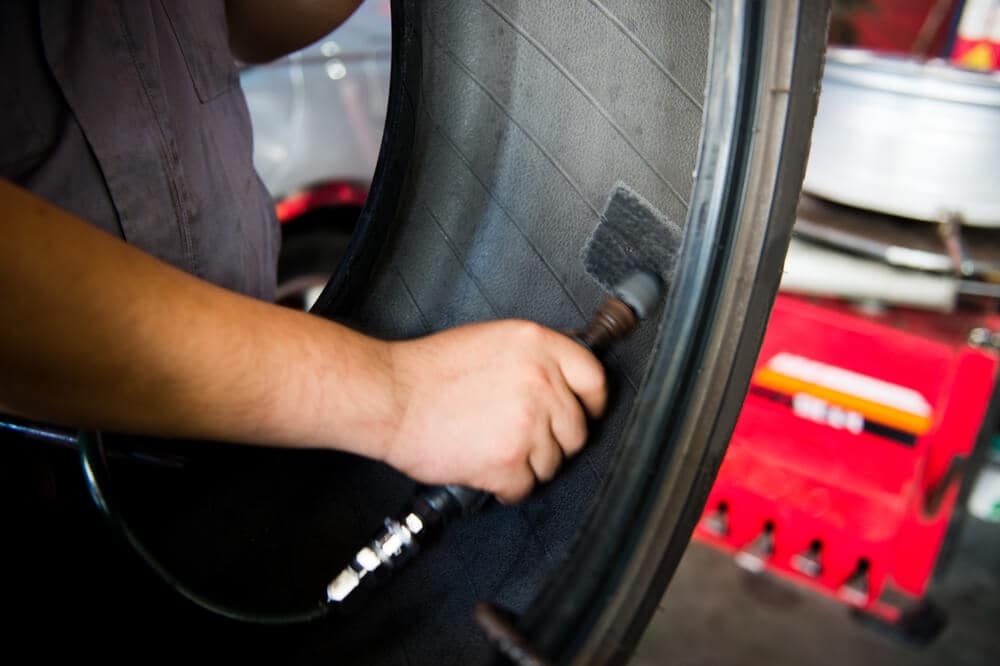
A flat tire is a serious hazard. Each driver must understand this and take all necessary measures to eliminate the problem. In no case should a puncture be ignored, at high speed the situation can completely get out of control. The ideal would be to replace the wheel with a spare, repair at the nearest tire shop.
A car tire is a complex system. Consists of different elements. Manufacturers use special technologies and materials to provide the declared driving characteristics of the car. The special pattern on the main part of the tire has its own functionality, and does not serve solely for beauty. Any deviation from the norm leads to a decrease in the functionality of the tire, respectively, the car loses its qualities. Its use becomes unsafe until the problem is solved.
Winter Drive protection
Tires Goodyear UltraGrip Arctic 2 SUV
Winter Drive Protection Sound Comfort
Rating:
4. 5
5
Tires Goodyear UltraGrip Ice 2
Winter Drive protection
Tires Goodyear UltraGrip Performance+ SUV
Winter Drive protection
Tires Goodyear UltraGrip Arctic 2
Winter Drive Protection Run On Flat Sound Comfort
Tires Goodyear UltraGrip Performance+
It should be noted that under no circumstances should you drive with a completely flat tire. The situation can get out of control of the driver at any time, the tire will fly off the disk, he will receive damage that will lead to new problems. It's best to call a tow truck, no matter the cost.
An exception to the rule may be a tire that still has some air left in it. You can try to get to a service station or tire fitting. You can also try to inflate the tire to give yourself more time.
Driving with low pressure is possible subject to the following rules:
The average distance allowed to drive with a half-flat tire is 10 kilometers. This is only allowed if the above rules are observed.
Delays in dealing with low tire pressure, punctures or other damage will result in negative consequences.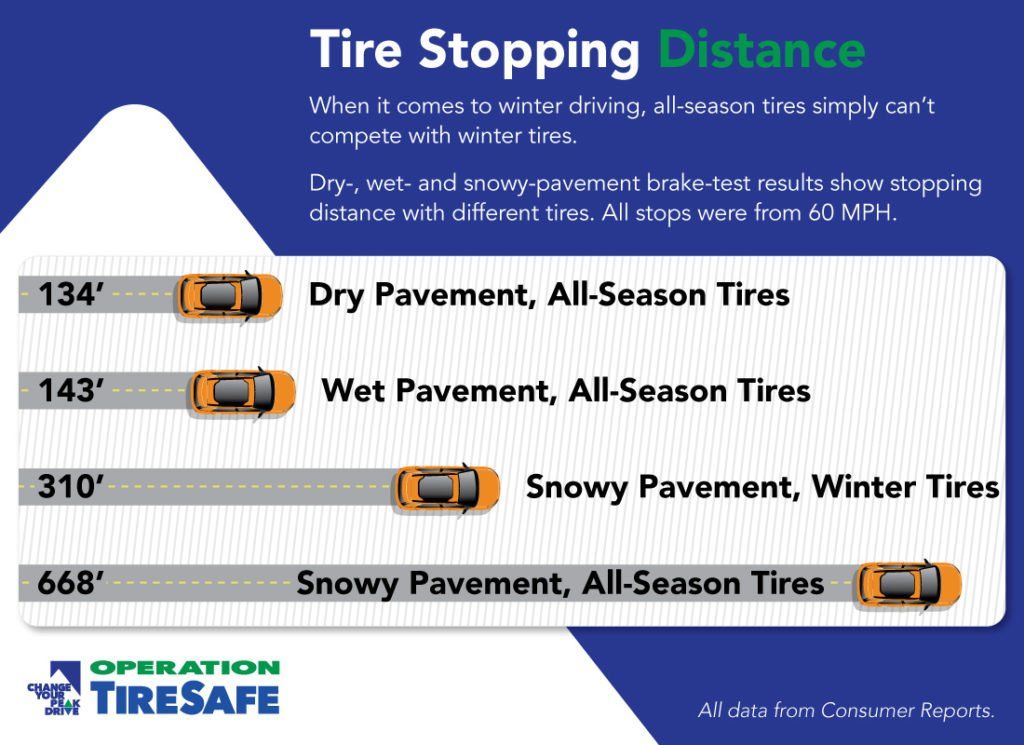 The following systems may experience problems:
The following systems may experience problems:
A vehicle with run-flat tires is a danger to other road users and its driving characteristics are affected.
It must be understood that movement with insufficient pressure leads to deformation of the rubber. You run the risk of completely damaging the tire, subsequently replacing it with a new one. Therefore, the decision to drive on half-flat tires must be made carefully, carefully evaluate all the consequences and alternatives.